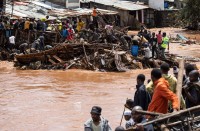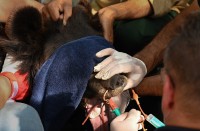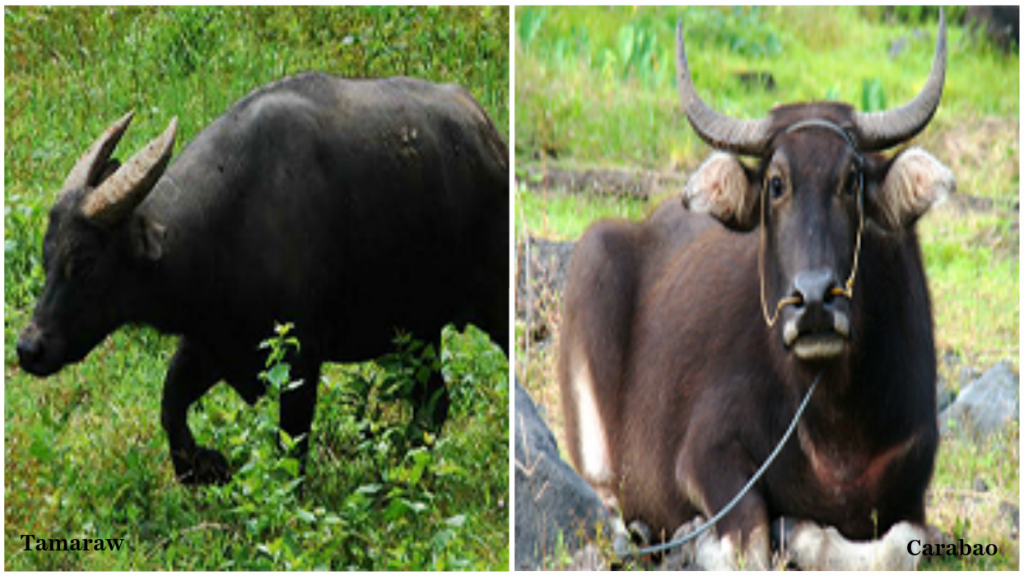QUEZON City, Philippines (October 1) – The tamaraw or Mindoro dwarf buffalo (Bubalus mindorensis) is a small, hoofed mammal belonging to the family Bovidae. It is endemic to the island of Mindoro in the Philippines, and is the only endemic Philippine bovine. It is believed, however, to have once also thrived on the larger island of Luzon. The tamaraw was originally found all over Mindoro, from sea level up to the mountains (2000 meters above sea level), but because of human habitation, hunting, and logging, it is now restricted to only a few remote grassy plains and is now an endangered species.
Contrary to common belief and past classification, the tamaraw is not a subspecies of the local carabao, which is only slightly larger, or the common water buffalo. In contrast to the carabao, it has a number of distinguishing characteristics: it is slightly hairier, has light markings on its face, is not gregarious, and has shorter horns that are somewhat V-shaped. It is the largest native terrestrial mammal in the country.
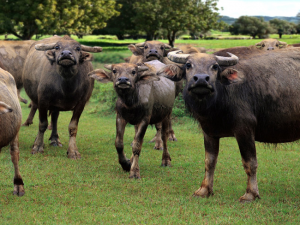
The Tamaraw (Bubalus mindorensis) is an endemic land mammal found only on the Island of Mindoro. Despite the existence of legislations that provide for its protection and conservation since 1916, the species’ population continues to decline and for the past 4 decades, it has been recognized as threatened with extinction. In 1965, the plight of the Tamaraw and the Philippine Eagle (Pithecophaga jefferyii) was given attention in the Bangkok Conference of the International Union for the Conservation of Nature and Natural Resources (now known as The World Conservation Union). In response, the Philippine Government created the Presidential Committee for the Conservation of the Tamaraw (PCCT) in 1979 to implement measures to conserve the species and its habitats. This marked the start of the Tamaraw Conservation Program (TCP).
Subsequent developments included the establishment of the 280-hectare Gene Pool Farm in Manoot, Rizal in 1980. This was followed by the capture of Tamaraws in Aruyan, Sablayan, Occidental Mindoro from 1982-1993 for breeding purposes. A total of twenty (20) Tamaraws were captured during the said period. Habitat protection became an integral part of the Project since 1983.
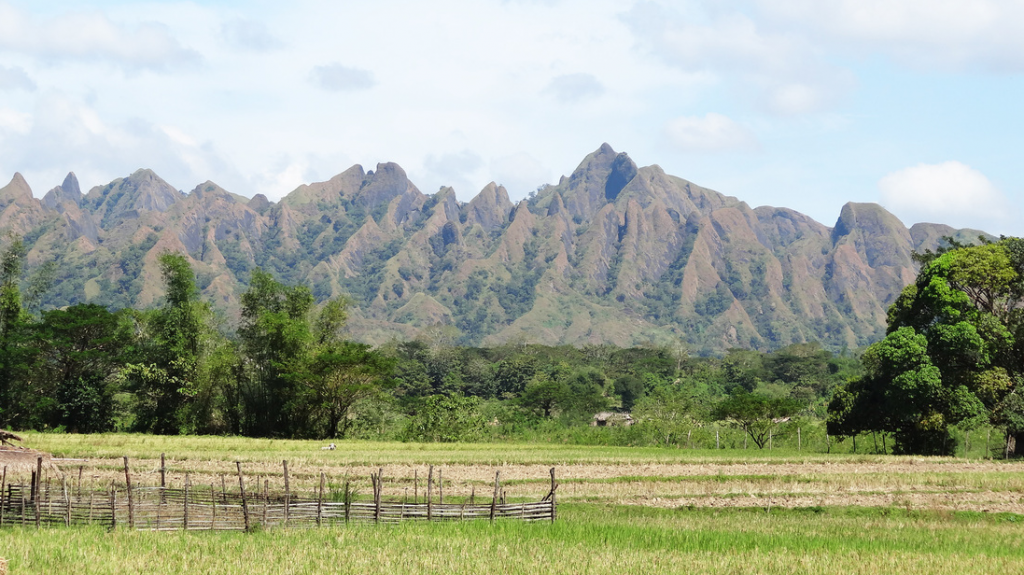
From its inception to date, several agencies have handled the implementation of the Project. These agencies included the Presidential Assistance for the National Minorities (PANAMIN, 1979-1983); Office of the Muslim Affairs and Cultural Communities (OMACC, 1984); Ministry of Agriculture and Food (MAF, 1985-86); Central Office of the Department of Environment and Natural Resources in collaboration with the Conservation and Resource Management Foundation, Inc. (DENR & CRMFI, 1987-89); DENR-Protected Areas and Wildlife Bureau (PAWB, 1990-1997) with the assistance of the University of the Philippines Foundation, Inc. (UPLBFI) in 1990-93 & 1995; and, DENR-Region IV in 1998. In 1999, the management and supervision of the Project was again placed under PAWB. As per DENR Administrative Order No. 2005-26, supervision, operations and management of the TCP has been transferred to DENR Region 4B-MIMAROPA through the Provincial Environment and Natural Resources Office (PENRO), Occidental Mindoro.
- The species qualifies for inclusion in Critically Endangered under Criteria C1+2a(ii), given the number of mature individuals is estimated to be less than 250, with a continuing decline estimated at over 25% over the next three generations (generation length estimated at 10 years). In addition, over 90% of individuals are presumed to be in one subpopulation, Mount Iglit-Baco National Park.
2008 – Critically Endangered (CR)
2007 – Critically Endangered (CR)
2000 – Critically Endangered (CR)
1996 – Endangered (EN)
1994 – Endangered (E)
1990 – Endangered (E)
1988 – Endangered (E)
1986 – Endangered (E)
1965 – Status inadequately known-survey required or data sought
For now, the TCP continues to conduct information drives to expand awareness on the tamaraw. An important advocacy target is the local government units (LGUs) which provide legislative and financial support to conservation and protection programs. These include issuance of local ordinances, as well as funding for maintenance of roads that would make the GPF accessible.
 As DENR Secretary Ramon J. P. Paje said, “There is a need to heighten awareness on a national level that the tamaraw, despite being endemic and indigenous to the island of Mindoro, is actually a biological heritage for all Filipinos. We should therefore all do our share in ensuring its continued survival for future generations.”
As DENR Secretary Ramon J. P. Paje said, “There is a need to heighten awareness on a national level that the tamaraw, despite being endemic and indigenous to the island of Mindoro, is actually a biological heritage for all Filipinos. We should therefore all do our share in ensuring its continued survival for future generations.”
Although information campaign is a year-round activity, the bulk of the activities are conducted during October of every year, which Presidential Proclamation No. 273 issued in 2002 declared as the “Special Month for the Conservation and Protection of the Tamaraw in Mindoro.”
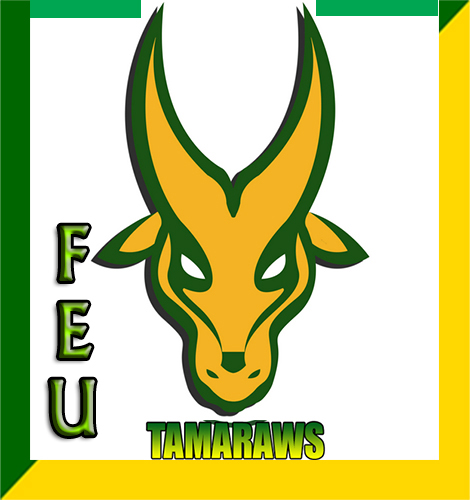 The provinces of Occidental and Oriental Mindoro usher in the month with motorcade and other forms of fanfare. Students of the Far Eastern University, whose icon is the tamaraw, in partnership with the World Wildlife Fund (WWF) for Nature-Philippines, launched this October the “Tams-2” campaign. The “Tamaraw Times Two by 2020” program has the ambitious goal of doubling the number of tamaraws from 300 to 600 by the year 2020.
The provinces of Occidental and Oriental Mindoro usher in the month with motorcade and other forms of fanfare. Students of the Far Eastern University, whose icon is the tamaraw, in partnership with the World Wildlife Fund (WWF) for Nature-Philippines, launched this October the “Tams-2” campaign. The “Tamaraw Times Two by 2020” program has the ambitious goal of doubling the number of tamaraws from 300 to 600 by the year 2020.
Up to the present there are still information gaps that need to be addressed in order to attain the guaranteed existence of the Tamaraw, (foremost of these are the habitat selection and herding pattern in the wild, among others.)
In contemplation of such, it is necessary for us implementers and stakeholders to be receptive to modern science specifically on contemporary survey-techniques to be able to fill the void in knowledge about the species. It is a rule of thumb that only when we know the characteristics of organisms or species that we could be able to draw the best possible management intervention for them.
(written by Jam Melo, edited by Jay Paul Carlos, additional research by Lovely Ann Cruz)


